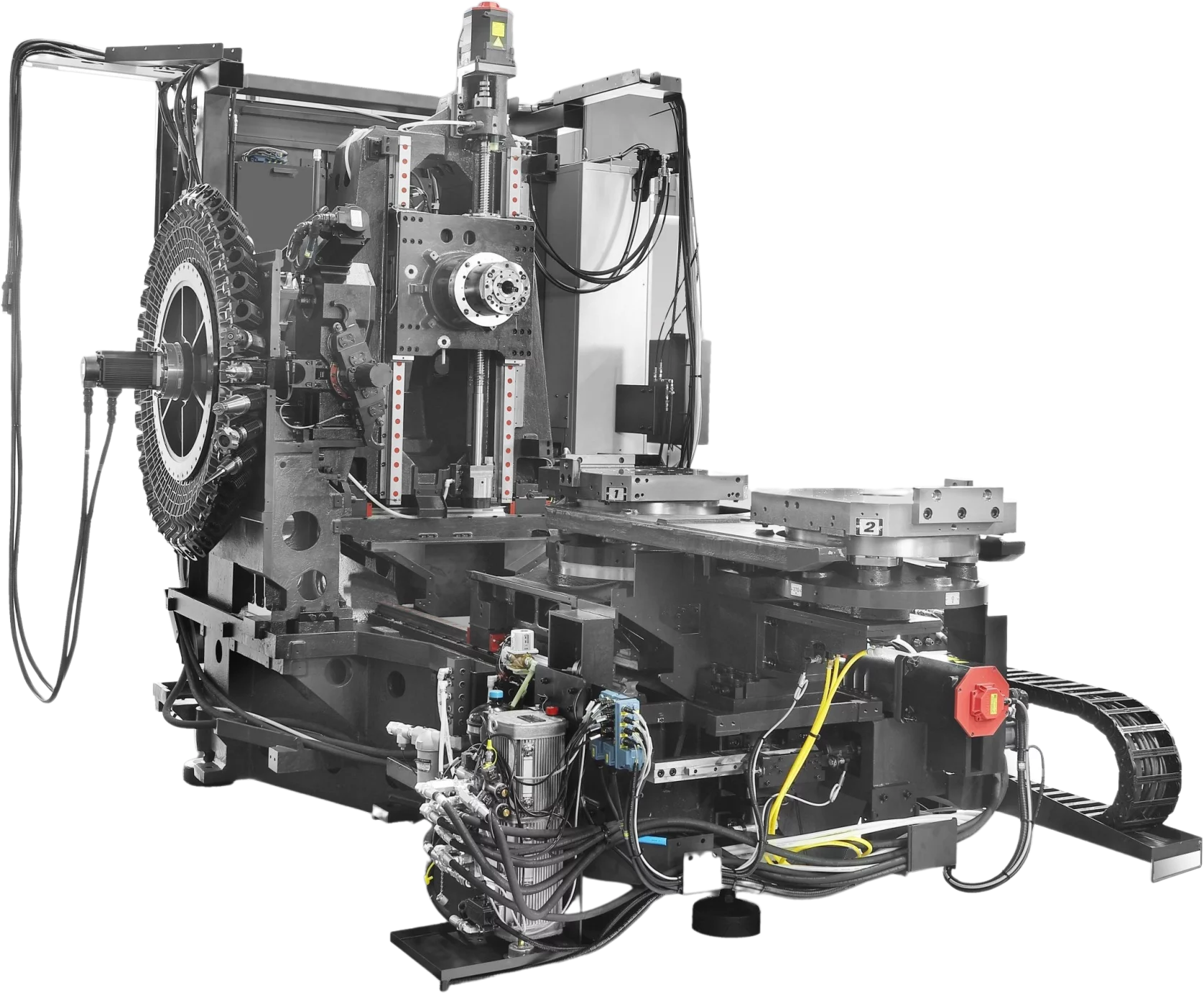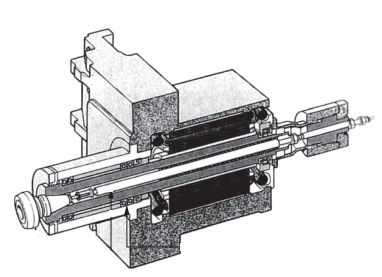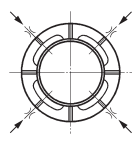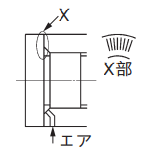1 Machining Center
What kind of machine is a machining center? According to the definition by the Japan Machine Tool Builders' Association, an MC is 'a numerically controlled machine tool that can perform various operations such as milling, drilling, boring, and threading without changing the mounting of the workpiece, equipped with a device that automatically brings many different types of tools to the working position, or a machine with a structure that can machine at least two or more surfaces and has a quick tool change function. The machine is equipped with a device that automatically brings many different types of tools to the working position, or a structure capable of machining at least two surfaces and equipped with a quick tool change function'. In other words, it is basically a tool-rotating machine tool that performs various types of machining while automatically changing various types of tools.Since the name 'machining center' is long, it is often written with the English initials MC.
Machining centers can be classified into horizontal and vertical types based on their structure.
In the horizontal type, the spindle is installed horizontally, the workpiece is fixed to the rotating table, and multiple faces can be machined with a single installation.
In the vertical type, the spindle is mounted vertically. This type is suitable for machining workpieces that require a lot of machining on the top surface of the workpiece, such as molds.
There are other types that have both vertical and horizontal spindles, or a single spindle that can be swiveled to either vertical or horizontal.
2 Components
What are the components of a machining center? Below is the names of the parts of a typical horizontal machining center. In reality, there are many variations, so it should be considered only as an example.- NC Controller: A device that calculates the NC data it reads and issues commands to the machine tool.
- Tool magazine: A device that holds the tools to be used.
- Intermediate arm: A device that removes tools from the tool magazine
- ATC arm: A device that exchanges tools between the spindle and intermediate arm
- Spindle: Device that mounts tools and provides rotary motion
- Pallet: Device for loading and fixing workpiece
- Table: Device that fixes the workpiece and moves it in the X-, Y-, or Z-axis directions. In horizontal type, the workpiece is often fixed via a pallet.
- Column: A structure that often has a guide (Y-axis) to move the spindle head up and down
- Bed: A structure that maintains the required accuracy by attaching and integrating the entire unit to it
- Cutting fluid tank: A tank that holds cutting fluid
- APC device: Automatic pallet changer
There are various types of ATC systems, including those without intermediate arms and those without ATC arms.

Figure HMC
3 Spindle head
What is the structure of the spindle head? What kind of bearings are used? The spindle head of a machining center is classified according to the bearings used, the drive method, the tool standard to which it is attached, and its size (number). The spindle itself is a very precisely finished shaft with a diameter of tens to hundreds of mm and a length of several hundred mm.An example of a spindle head is shown in the figure. It uses an angular contact ball bearing for the front bearing and a roller bearing for the rear bearing. As a built-in motor drive, it is designed for high-speed rotation and is equipped with the necessary tapered bore and clamping device for mounting BT No. 40 tools.
There are different types of bearings used in machining center spindles, as shown in the table. Among rolling bearings, angular contact ball bearings are most commonly used, but roller bearings and tapered roller bearings are also used. All of these types are manufactured to high precision for machine tool spindles and can be preloaded appropriately when assembled. Angular contact ball bearings are particularly suitable for high-speed rotation, and some bearings are made of ceramic rolling elements.
Rolling bearings require some form of lubrication and, in high-speed applications, forced cooling is necessary.
Hydrostatic bearings can be hydrostatic or aerostatic. Compared to rolling bearings, hydrostatic bearings have higher rotational accuracy, and are used when accuracy is particularly required. In the case of aerostatic bearings, load capacity and rigidity are relatively small, but heat generation is low, so they are used for high-speed rotation of small-diameter tools. The cross-sectional structure of each bearing is shown in Figure.

Figure Spindle head
| Bearing | Rolling bearing | Angular contact ball bearing | Steel ball |
| Ceramic ball | |||
Roller bearing | |||
Taper roller bearing | |||
| Hydrostatic bearing | Hydrostatic pressure | ||
Aerostatic pressure |
References nikkan.co.jp